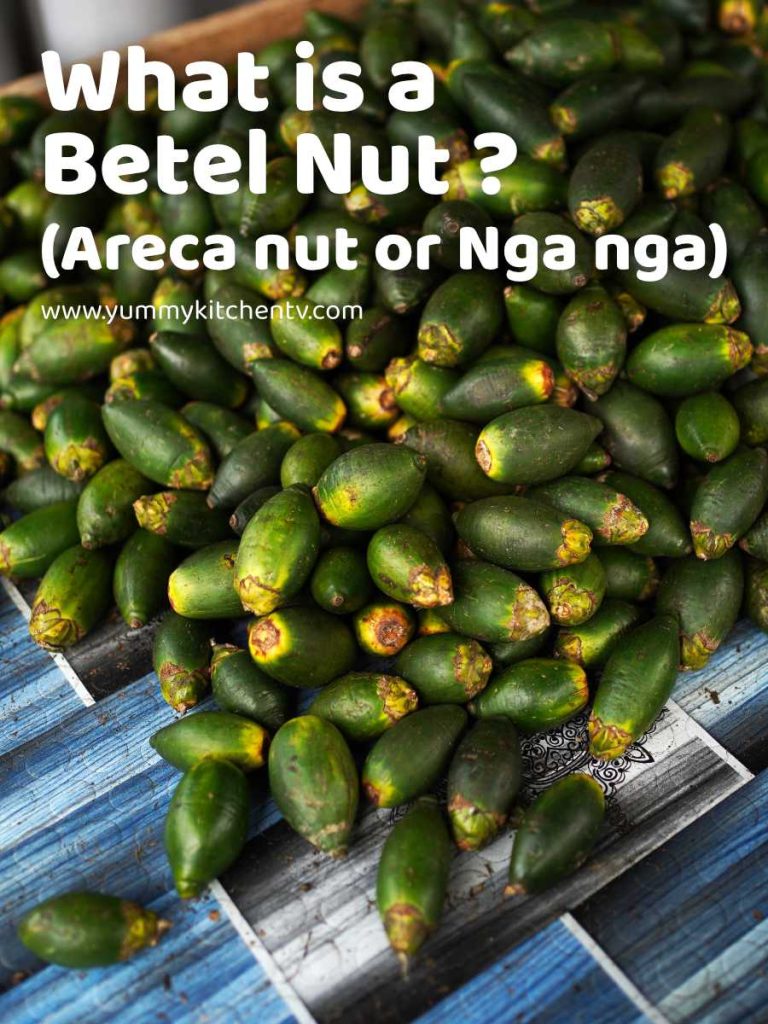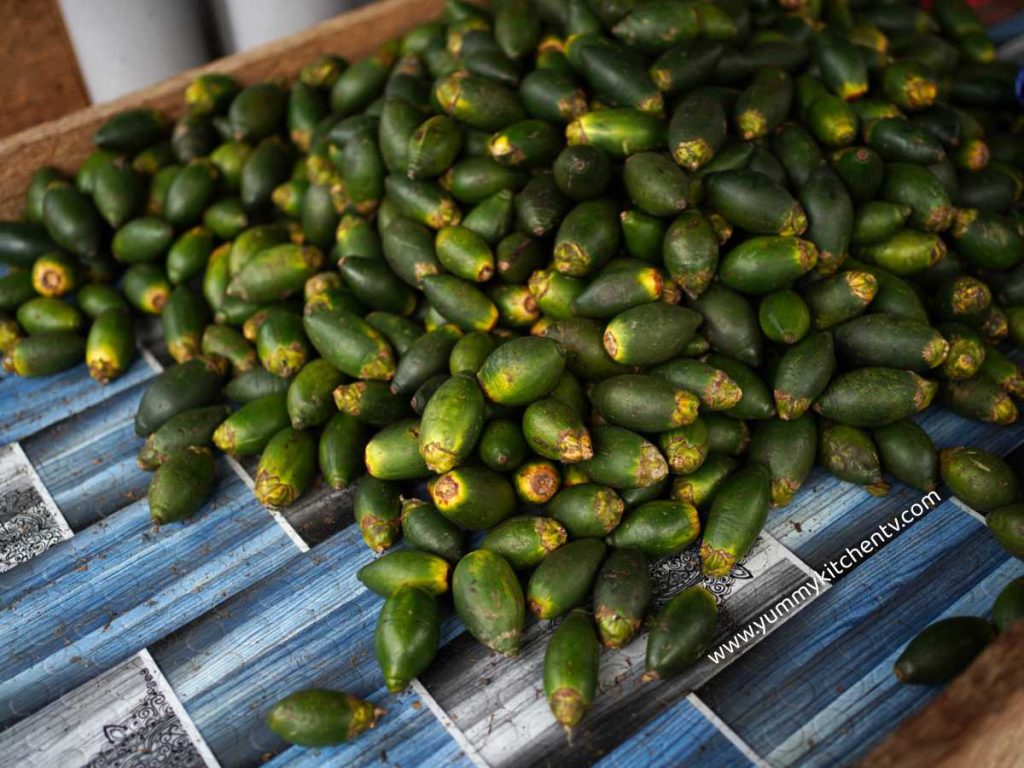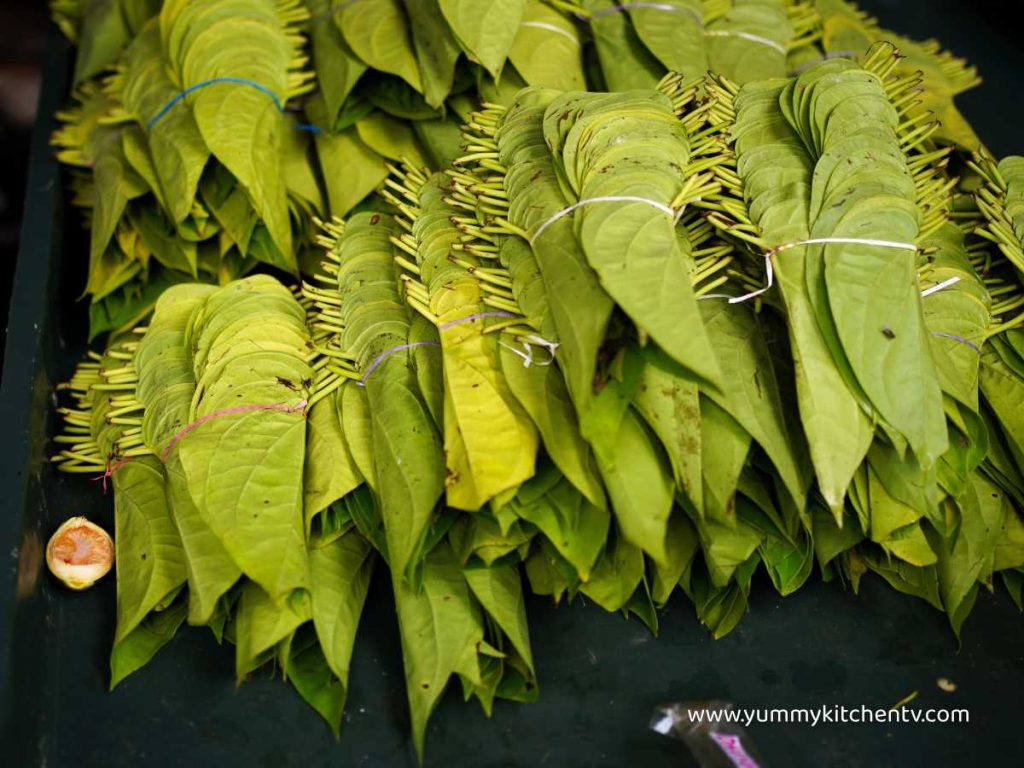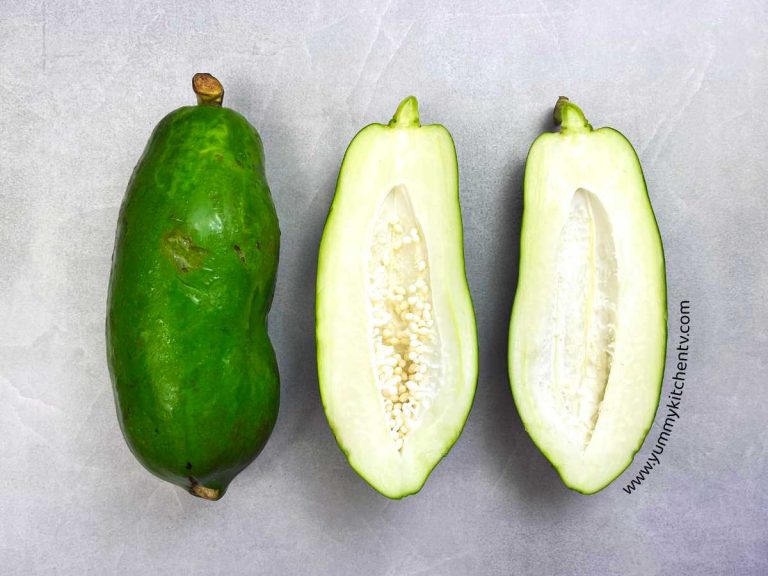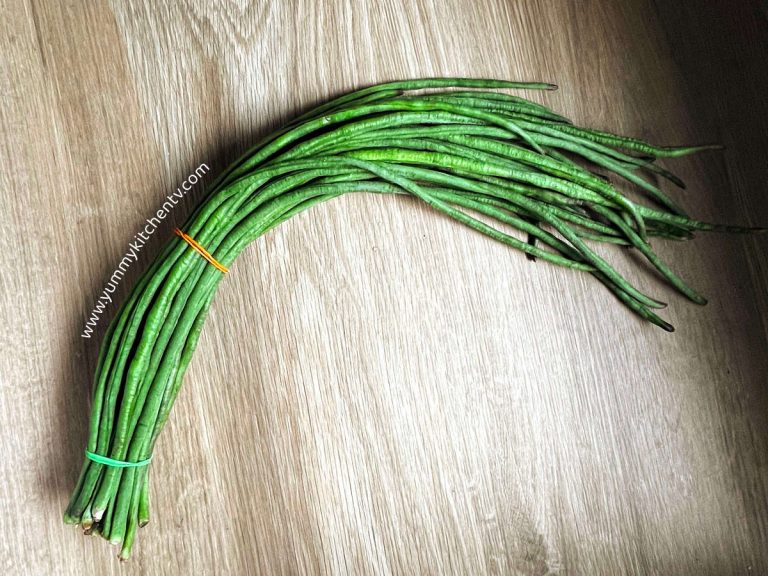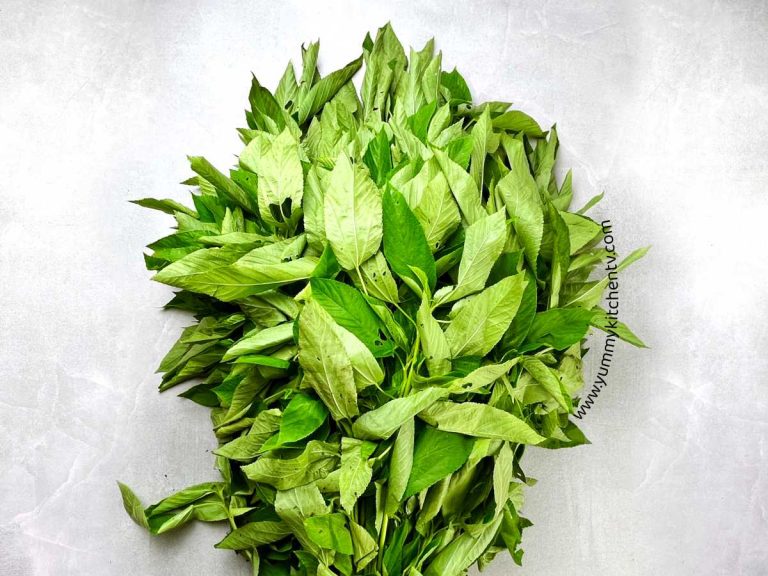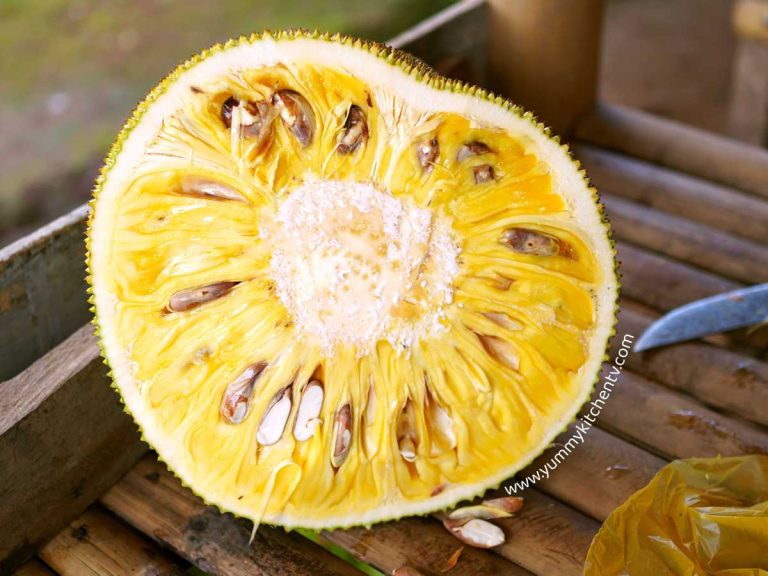Betel Nut ( Nga nga ) – A Controversial Chewable Tradition
The Betel Nut ( Nga nga ) is a seed found inside the fruit of an Areca palm from the Areca Catechu tree (Betel nut tree). These can also be called an Areca nut, commonly eaten by being chewed with the betel nut leaf, but not swallowed. This ‘nut’ has been a significant traditional ‘chewable’ since centuries ago from Asia and the Pacific. There are many benefits to chewing the Betel nut, It is well-known use is having a heightened alertness and keeps the body warm. This Asia-Pacific ‘natural tobacco’ is eaten by certain groups in the Philippines, especially found in Zamboanga City. This being a cultural ritual and not just a habit. But it might also have some side effects. Read more about it in the article.
A Short Introduction
What are they exactly? The Betel nut or Areca nut, with the scientific name ‘Areca catechu’ grown on the feathery areca tree. The Areca tree is part of the palmaceae family (palm tree family) that can grow 1.5 meters in height. These are not a true nut, but are under the category of a berry, the fresh fruit has light green skin, with a soft easily sliced nut, while the ripened berry changes its outer skin to orange or yellow, with the seed hardening to almost a wood like texture.
Cultivated in tropical areas like Eastern Africa, Philippines, South China, Japan, India, East Indies, Bangladesh, Sri Lanka, all year round, chewed fresh covered by the leaves, cured, roasted, baked, dried, simmered to create a decoction. Dating back to the 1st century AD, where sanskrit writings described the betel nut as an item from heaven. Used as traditional medicine; said to remove phlegm, help with bad breath, purifies the body, kills tapeworms and other parasites, and ignites passion. Just make sure that after chewing, the residues are spat out. Modern science provides a better insight; chewing this nut stimulates appetite and stamina, it might even increase your awareness keeping you alert and awake, similar to having a sense of euphoria. Though it has more drawbacks than positive medical benefits, especially when used for long term as these have carcinogenic properties that are harmful to humans. Still it’s still embedded in some cultures as the social norm, especially in some parts of South Asia despite the many preventative efforts.
Nowadays, ‘eaten’ or rather chewed for its similar effects to tobacco or nicotine. Being a relaxant and stimulant. You’ll notice that most if not all of those who do use this nut are from families that have passed down this culture from one generation to the next.
Areca nut vs Betel nut
The areca nut and betel nut are one of the same things. The Betel Nut can also be called ‘areca nut’ as this comes from the areca palm.
Betel nut Benefits (Nga nga benefits)
Is betel nut good for health? Not really. While many consume this because of social culture that can be traced back 2,000 years ago. Because of the normality (around 10 to 20 % of the population around the world has this habit) of using this as traditional medicine in many parts of Asia, studies have shown positive and negative results such as:
- Is a relaxant and pain killer.
- Gives the body a sudden burst of energy.
- Helps with indigestion.
Betel Nut Side Effects (Nga nga side effects)
- A health hazard when chewed long term. These will cause cancer, specifically oral cancer.
- Aside from oral cancer, other problems like tooth decay, staining the teeth black, and other damages.
- Daily use of a mix of tobacco and betel nut may cause pregnancy problems, and is very unsafe for breastfeeding mothers.
- Might cause nicotine addiction.
Nga nga food for chewing
The Betel nut or ‘Nga-nga’ in Tagalog, is a common problem grown and sold all around the world. One of such places you can find it being sold are at wet markets and even online is in the Philippines. The oldest proof of betel chewing found in the Philippines came from the Duyong Cave in Palawan Island, that showed reddish colored staining in the skeletal remains from around 250 BP, they were also found in burial sites in Bohol. Many indicate that the chewing of this nut developed during the Austronesian expansion from the Philippines before spreading to Taiwan, then to the rest of Maritime Southeast Asia.
A very much prevalent and accustomed habit to those living in the Cordillera mountains and Muslims living in both northern and south Philippines. Chewing this berry was once a practice that showed friendship and hospitality, especially used during the Spanish times where it was served on an intricate looking plate, or with service sets. You can still find the Tausug, Naguindanao, Maranao, and Bagobo groups using these for ritualistic customs.


